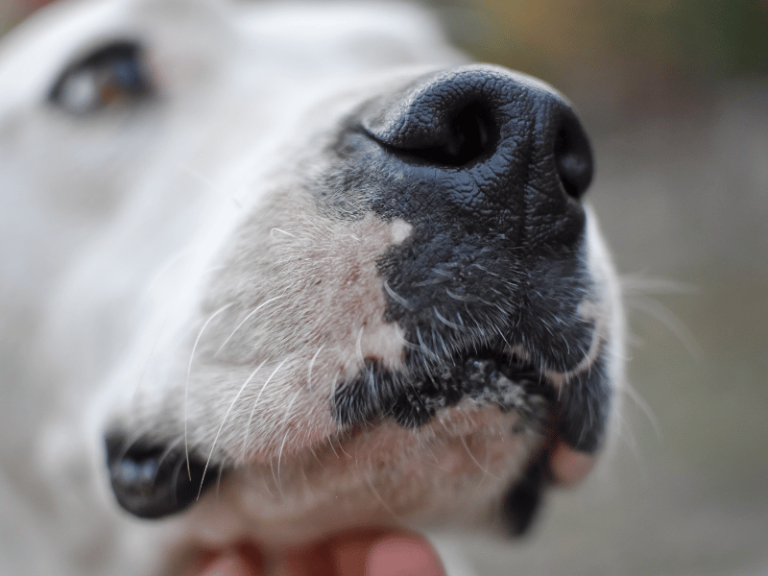Mammals generally have a highly developed sense of smell. Particularly, a dog’s sense of smell is astonishingly sensitive, which is why dogs are known as “animals that live by their noses.” As everyone knows, police dogs can track the footprints of a criminal several hours after they have passed, locating them even if they are hiding. Hunting dogs can alertly retrieve ducks and other game shot by hunters from ponds or thickets. Even if the game was not hit fatally and hides in hard-to-find places like reed beds, the hunting dog can easily find it using its keen sense of smell. Here’s an amazing story: a person bought a German Shepherd from a shop that sold pedigreed dogs. One day, when a mailman delivered a bundle of letters, the German Shepherd behaved as if it had met its owner, wagging its tail and refusing to leave the bundle. Upon opening the letters, it was discovered that one of them was from the person who had raised the dog at the shop.
Given the sensitivity of a dog’s nose, it’s not hard to imagine that the structure of a dog’s nose is much more complex than that of other animals. The area responsible for identifying various odors is particularly large. In higher animals, besides using the nose as an organ for breathing, it is also used as a sensory organ for smelling. Therefore, the upper part of the nasal cavity has many folds covered in a mucous membrane, which contains countless olfactory cells. These cells are kept moist by mucus secreted by the membrane, allowing them to effectively transmit various smells to the brain via the olfactory nerves. A dog’s olfactory organ also has a mucous membrane that regularly secretes mucus to keep the olfactory cells moist in all parts of the olfactory organ. Interestingly, the noses of dogs and cats are structurally different from those of animals like monkeys and rabbits. The surface part of the nose tip of dogs and cats, commonly referred to as the nose tip, is covered with a hairless mucous membrane that has many protrusions and forms a crucial part of their olfactory organ. This membrane on the nose tip also constantly secretes mucus to keep it moist, maintaining the sensitivity of their sense of smell.

